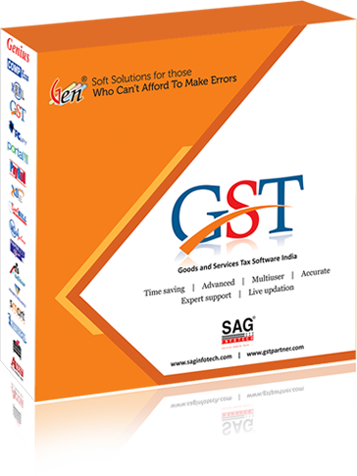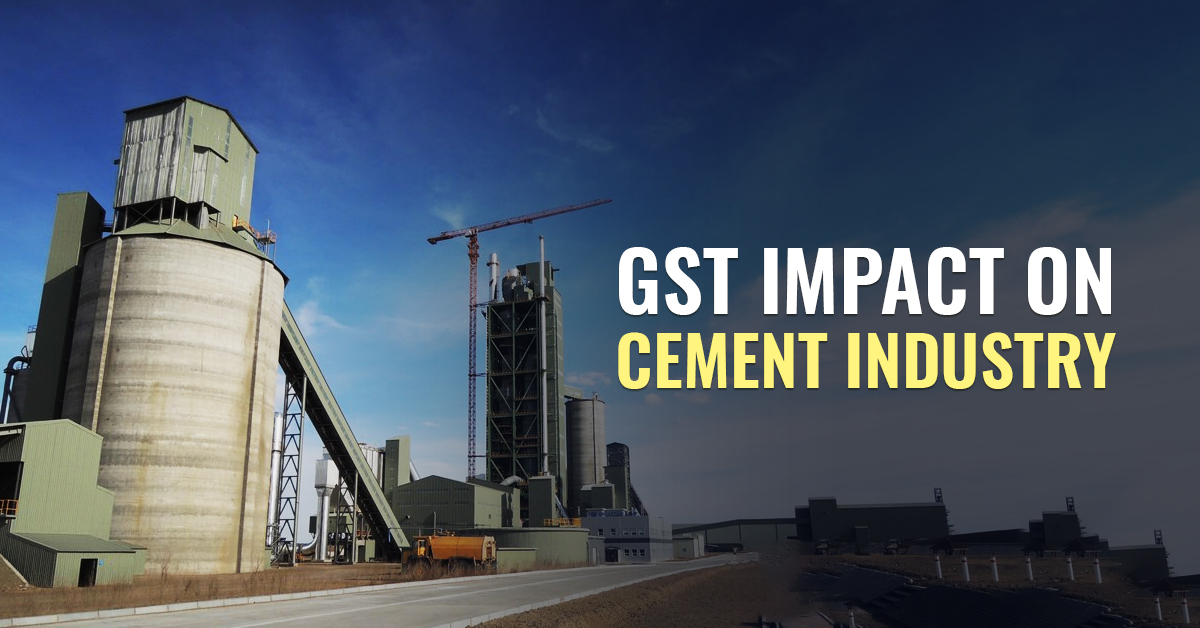The Goods and Services Tax (GST) is an indirect tax that is levied on taxable supplies of goods and services. The Indian government officially implemented the GST system on 1st July 2017 on the supplies made in and out of the country. The cement industry is an important backbone of the country’s economy. The implementation of GST which was expected to bring joy to the cement industry in fact brought not much in terms of benefits. Let’s find out how GST impacts the cement industry and the sale, demand and prices of cement.
VAT on Cement
Before GST was introduced, VAT along with service tax, excise duty and some other taxes were applicable to the supply of cement products. The overall tax rates on cement, including excise and VAT, was not more than 24-25 per cent under the previous tax regime. As you can assume, this is a comparatively high rate of tax on something too important for people.
GST Rate on Cement
After the introduction of GST, cement and related supplies are now under the ambit of the new tax regime. GST at a fixed rate of 28% is applicable to cement. The tax rate on cement is clearly higher than that in the previous regime. Higher tax rate means increased cost of supply which will in turn increase the cost of infrastructure (properties, etc.).
Refractory cement along with mortars and concretes now attract tax at flat 18 per cent rate.
- 12% tax on Cement bonded particle
- 5% GST on Coal (reduced from the earlier tax rate of 11.69%)
- 5% GST on Limestone
- No GST on electricity
As you can see, the tax rate on raw materials used to make cement is different, but the GST rate on cement is highest of all.
In addition to the GST, the cement companies continue to pay the royalty to the state governments on mining of limestone. There is also a clean energy cess levied on coal on which ITC will not be available because it is not covered under GST. However, cement manufacturers will be able to claim input credit on the GST paid on raw material for cement.
GST Impact on Cement Industry
Good
GST has reduced the need for creating separate warehouses in every state where business transactions are performed thus reducing the operational costs. Cement manufacturers and suppliers can now store their products and make supplies from limited warehouses which reduces the cost of maintenance and operations.
GST has resulted in lower transportation cost and fast delivery time, which has also impacted the cement industry by reducing the cost and time on transport.
Like all other industries, GST benefits the cement industry in terms of reduced tax complexity and compliance. The one tax system removes the need to manage separate records for various taxes and is also easier to understand as there is one standard tax rate on cement.
Bad
The increased cost may temporarily affect the demand and exports in the cement industry of India. The production and supply cost has increased, which is ultimately burdening the cost on the end consumer. However, the other benefits including the facility of input credit will eventually overcome the increased cost.
The cement industry certainly benefits from GST, as they can now avail input credit on the tax paid on raw material. The warehousing and transportation costs have also gone down. The end consumer will have to pay increased prices, for now.
GST Rates on Cement After 29th Council Meeting
Union Minister Arun Jaitley think to reduce GST rate on cement in next council meeting (29th GST Council Meeting). He said “only luxury and sin goods will attract the highest slab of 28 percent.
In the past one year, he reduced GST rates on 384 commodities.







what is GST rate on cement after 28th GST counseling meeting?
Applicable GST rate on cement is 28%.